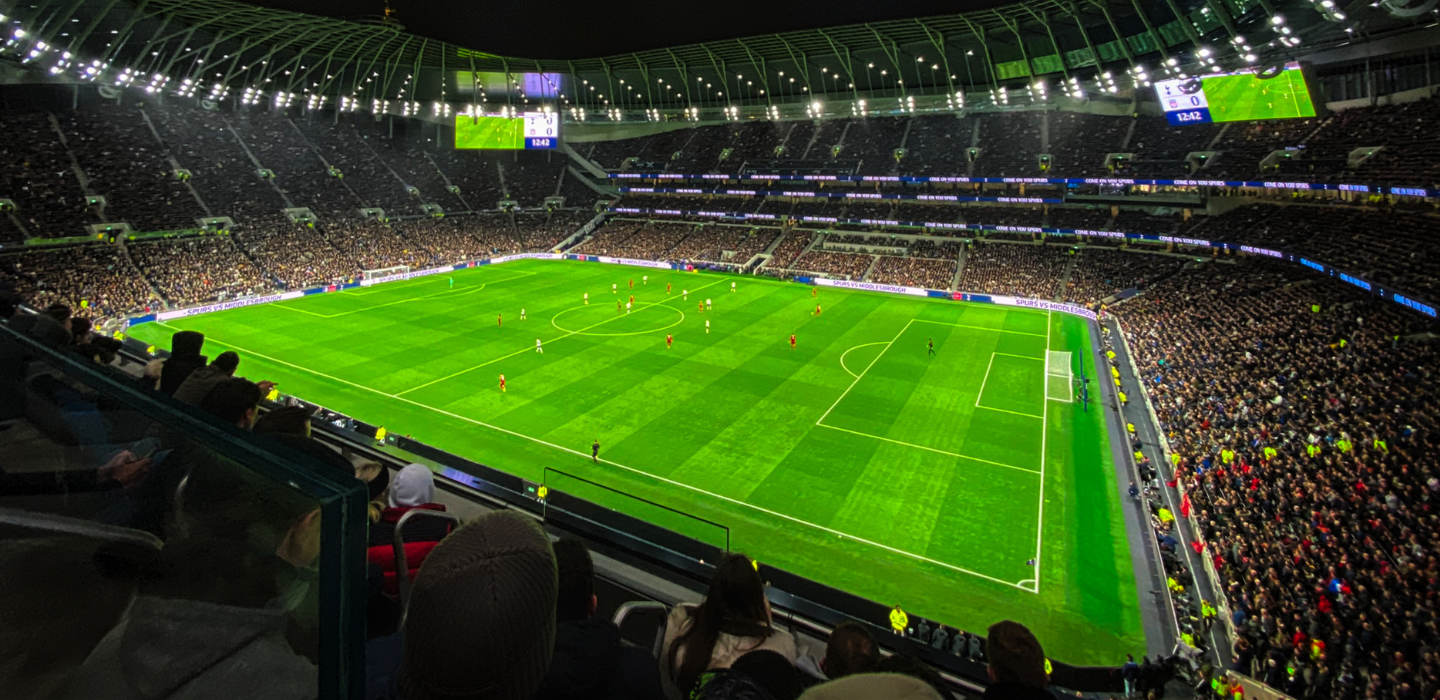The 2023 FIFA Women’s World Cup is still a few weeks away but is already shaping into a history-making tournament. The games kick off July 20th as co-host nation New Zealand faces off against Norway. The month-long tournament will conclude on August 20th, with the final match played in Sydney. This will mark the first time Australia and New Zealand co-host matches and the first time the event will occur in the Southern Hemisphere.
The firsts don’t end there, as it’s also the largest cohort of teams ever to compete. Thirty-two nations will compete over 64 matches. Eight teams – Haiti, Morocco, Panama, Portugal, the Republic of Ireland, Vietnam, and Zambia – will make their World Cup debut. Looking to secure a “three-peat,” the U.S. team enters the tournament as the favorite after taking home the trophy in 2015 and 2019.
Advertisers have an excellent opportunity to reach and engage with fans in what’s sure to be a buzz-worthy and exciting tournament. With that in mind, we’ve put together a guide of what’s to come and how advertisers can best take advantage of captive audiences during games and across World Cup-related content.
Record-setting viewership
As the women’s tournament gains global popularity, it’s estimated the games will reach two billion viewers worldwide, an increase of approximately 79% from the previous World Cup.
While an estimated 1.5 million people will watch the game in person, those of us at home can access the game through the tournament’s exclusive broadcaster, Fox, via its main cable broadcast network, its TV streaming service (FoxSports One) and its app (Fox Sports). This approach enables Fox — and its partner advertisers — to stay in step with viewership trends, driving reach amongst those who prefer broadcast television and cord cutters. Additionally, they will air Spanish-language games across Telemundo and Peacock.
Media opportunities for advertisers
The 2023 games are poised to set records in terms of viewership. Naturally, as more people watch, reactions, interactions, and fanfare across all forms of media will also increase, providing even more opportunities for brands to interact with fans outside the 90 minutes of play. And if the past is any indication, 2023 will be rife with opportunities for advertisers everywhere; consider, for instance, that in 2019:
- There were 4.6 million interactions across Facebook, Twitter, and Instagram during U.S. vs. Netherlands Match on July 7th, 2019
- Alex Morgan, the U.S. team superstar, garnered 1,425,000 social engagements
- The U.K.’s best-selling tabloid saw a record-breaking number of women’s football readers, up 500% from its previous peak
- The article ‘Megan Rapinoe Explains Shock Absence From USWNT’s Women’s World Cup Semi-Final Win Over England’ accumulated 35,000 views alone
Beyond the sheer increase in projected viewership, another trend will create more buzz and opportunity during this year’s games. As disparities in female and male sports media coverage remain prevalent, more fans and athletes are voicing their opinion encouraging media companies to shift their priorities. Among soccer fans on Twitter, 63% felt women’s football should receive equal coverage to men’s games, and they’re backing their sentiment with the most valuable currency they can offer: attention and engagement with content — as many as 60% of football fans on Twitter plan to watch the Women’s World Cup.
As consumers continue to voice their opinion and actively tune into more content, FIFA, broadcast networks, and media companies have taken note. They are spending more on giving the games the attention they deserve, creating more opportunities for advertisers to get their brand and messaging in front of captive fans.
Best Practices and Approaches for Engaging World Cup Fans
Advertisers no longer solely rely on in-game TV ad placements to engage with World Cup fans. In 2023, the competition is truly an omnichannel experience sweeping nearly all forms of media and channels. Below, you’ll find four tactics advertisers can implement throughout the 2023 FIFA Women’s World Cup to make the most of the 30-day soccer spectacular.
1. Leverage ACR Technology
In 2019, 14.3 million U.S. viewers tuned in to the final match on television. This data illustrates TV’s tremendous power today — even in a device and media-rich world. However, reaching audiences on television alone can be a costly endeavor. A 30-second spot during the 2019 championship averaged $506,665, a budget far from reach for most.
Luckily, advertisers don’t have to shell out hundreds of thousands of dollars to get in front of fans while they tune into matches. Instead of relying solely on TV, advertisers can use automatic content recognition (ACR), a technology that captures viewership behaviors across linear and OTT. This data is then used to create verified audience sets that can be used and scaled to reach consumers who have tuned into matches and target them within the TV environment and across other connected devices, for a true omnichannel approach.
2. Don’t forget contextually targeted ads
Advertisers can lean on AI-powered contextually targeted ads to showcase their brand next to the most relevant and brand-safe news and coverage of the tournament. Whether a display ad within an article or a pre-roll video before game highlights, advertisers can target specific sites covering World Cup content. With contextually target ads, advertisers can advertise on:
- Match previews and team profiles for all of the countries competing for the World Cup
- Breaking news, opinion, and analysis of all the major storylines throughout the tournament
- Team training and press conference soundbites from players and coaches
This approach allows advertisers to stay top of mind when audiences are engaged with World Cup content while cutting through competitor noise that might be more prevalent during primetime tournament hours.
3. Think about Paid Search
There will be an increase in searches related to the teams, players, scores, and highlights. However, it’s critical to consider what other terms or topics may be top of mind for fans beyond the gameplay. For example, in the lead-up to the Women’s Euros in 2022, search interest for the “sportswear” category was up 35% compared to the year average.
Consider how your business correlates to some of these searches and take advantage of Google intent signals to connect with fans actively researching your products.
4. Engage impressionable audiences with Paid Social
FIFA has publicly acknowledged the importance of breaking into the coveted Gen Z audience during the 2023 World Cup. As many know, one of the best ways to do so is through social media, especially on their favorite platforms like TikTok, Instagram, and Snapchat. This is the first women’s World Cup since the 2020 boom of short-form video powerhouse TikTok – it will be interesting to see how the app impacts social media usage and impressions throughout the tournament.
While the exact impact is yet to be tallied, there’s no doubt social media will play an essential role throughout the competition. Take advantage of impressionable audiences through tailored strategies targeting World Cup content throughout social platforms.
Reach World Cup Viewers and Fans with Digilant
Interested in creating a timely and targeted media plan leading up to the 2023 FIFA Women’s World Cup? Learn more about how we can kick your media plan into full gear ahead of the competition. Contact us here to get started.




